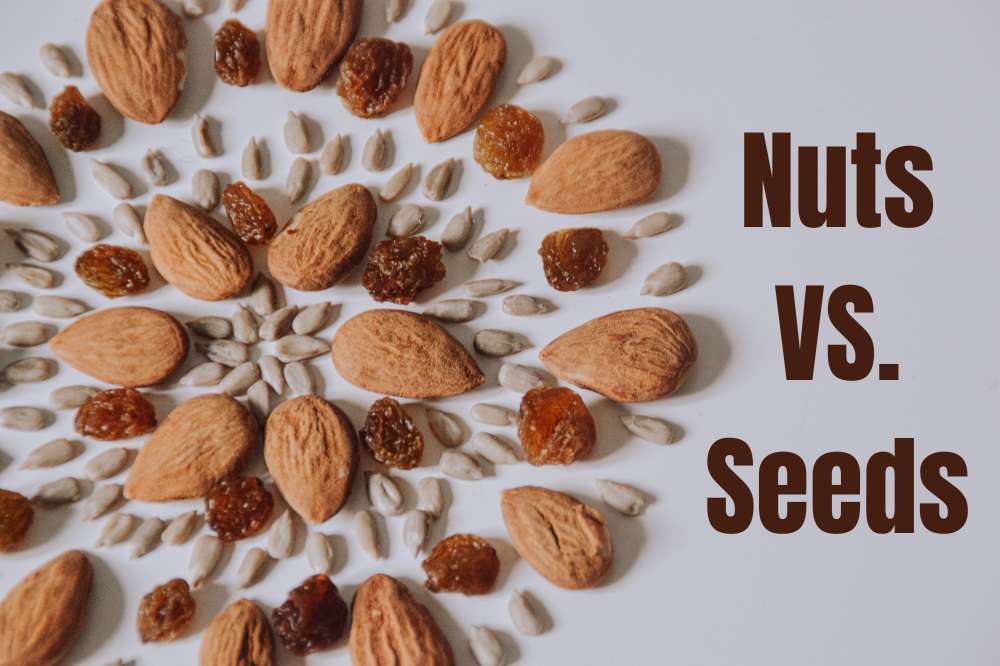Nuts and seeds are both types of plant reproductive structures, but there are some distinctions between the two. Here are the main differences:
Botanical Definition:
Nuts: In botanical terms, nuts are hard-shelled fruits that do not split open to release their seeds. They typically have a woody or hard outer shell that protects the seed inside. Examples include acorns and chestnuts.
Seeds: Seeds are the mature ovules of flowering plants. They are enclosed in a protective seed coat and can be found inside the fruit.
Composition:
Nuts: Nuts are composed of three parts: the outer hard shell, the seed, and the seed coat.
Seeds: Seeds consist of the embryo, endosperm, and seed coat.
Origin:
Nuts: Nuts are usually derived from the ovary of a flower and are often surrounded by a hard shell.
Seeds: Seeds can come from various parts of a plant, including the ovary, ovule, or other structures.
Examples:
Nuts: Examples of true nuts include acorns, chestnuts, and hazelnuts.
Seeds: Examples of seeds include sunflower seeds, pumpkin seeds, and sesame seeds.
Culinary Use:
Nuts: Culinary usage often considers certain seeds as nuts for convenience. For example, almonds, walnuts, and pistachios, while technically seeds, are commonly referred to as nuts in the culinary world.
Seeds: Seeds are often used in cooking and baking, and they can be consumed on their own or added to various dishes for flavor and nutrition.
It’s worth noting that some items commonly called nuts in a culinary context may not meet the botanical definition of nuts. The terminology can vary between botanical and culinary perspectives.

